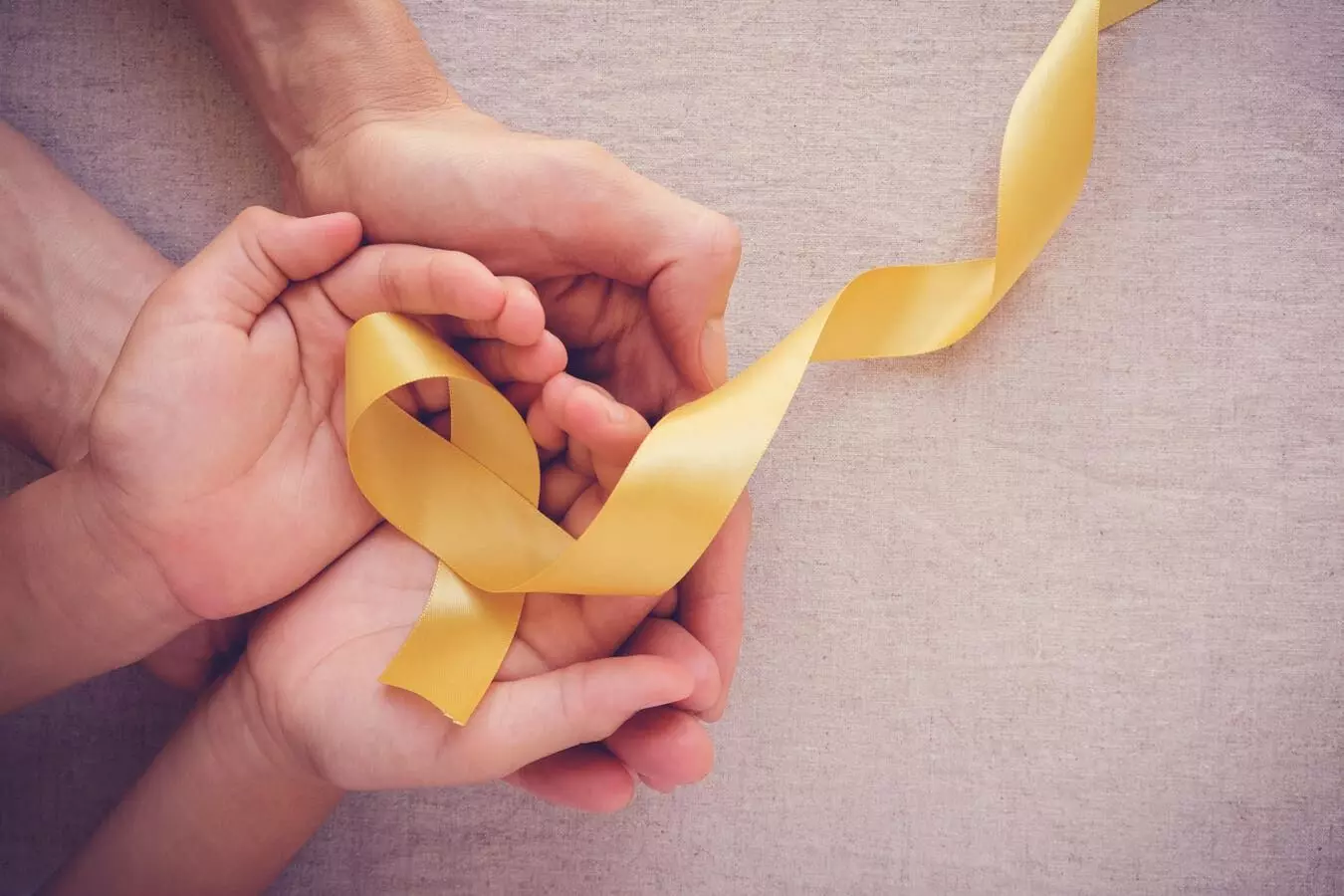A silent killer: 50,000 to 60,000 new childhood cancer cases reported in India every year
In developing countries the cure rate is around 30%
By Neelambaran A
Representational Image.
Hyderabad: ‘Reducing the Survival Gap’ is the theme for Childhood Cancer Awareness Month, observed in September every year. Much like any other disease, childhood cancer is highly prevalent in low and middle-income countries, and the theme was selected to increase the cure in such countries.
In developed countries, with particularly high awareness, diagnosis, and treatment facilities, more than 80% of childhood cancers are cured, while in developing countries the cure rate is around 30%.
With the burden of cancer, both among children and adults, increasing in the last two decades, the need for better diagnosis, treatment, and cure has drastically increased. Experts urge parents to stay aware of the common symptoms of different types of cancer among children.
Increasing case burden and common types
The recent three decades have witnessed an increase in childhood cancer cases, particularly in developing countries, making it difficult to identify and treat the condition.
As per reports, 2.75 lakh children and adolescents were diagnosed with cancer, of which 1.05 lakh children lost their lives, with a higher caseload in underdeveloped regions in Africa and the Caribbean.
Dr Sirisha Rani, pediatric hematologist and oncologist, at Rainbow Children's Hospital, Banjara Hills, Hyderabad said, “Around 50,000 to 60,000 new childhood cancer cases are reported in India every year. Acute leukemia and brain cancer are the most common cancer diagnosed among the children”.
However, the recovery has increased considerably, with 85-90% of the cases completely recoverable, and has ensured long-term survival.
No underlying reasons
Most of the cancer cases are considered incidental, without any underlying conditions. However, several environmental factors play a crucial role in cancer among children.
“While 10% of the cancer can be due to genetic conditions, other cases are purely incidental”, Dr Sirisha said.
Diagnosis diagnosis key
Timely diagnosis of any type of cancer among children and adolescents remains the key to appropriate treatment and cure.
“Clinical symptoms for blood cancer include unexplained and prolonged fever spikes with or without bone pain, bleeding, liver enlargement, and abdomen pain. Subsequently, blood imaging has to be done to understand the disturbance in blood cells and white blood cells”, Dr Sirisha added.
The experts recommend running special tests including bone marrow aspiration and the risk certify the case.
“The symptoms of solid tumors depend on the types and position of the tumor. The common symptoms include headache, vomiting, visual disturbance, and difficulty in walking and speaking. Local imaging and biopsy tests should be conducted for further investigation”, Dr Sirisha said.
Timely and appropriate treatment crucial
Once the type of cancer is identified, appropriate treatment should be ensured for quick recovery and long-term survival.
“The treatment includes supportive and definitive care. The supportive care includes ensuring fever, infection pain control, and nutrition care. Subjective care includes appropriate treatments like chemotherapy, radiation, or surgery depending on the type of the condition”, Dr Sirisha added.
While blood cancer is treated with chemotherapy, solid tumors require surgery chemotherapy radiation, or all these three. However, supportive care for children and adolescents is highly emphasized.
Recovery and awareness
The development in diagnosis and treatment besides better nutrition and facilities along with the distribution of medications and availability to testing facilities in rural areas has ensured a higher recovery.
Dr Sirisha credited the central with appropriate protocols and good supportive care for increased recovery.
“Success rate in India is on par with developed countries due to such centers. The awareness has increased in the last few years, resulting in the identification of cases and recovery”, she added.